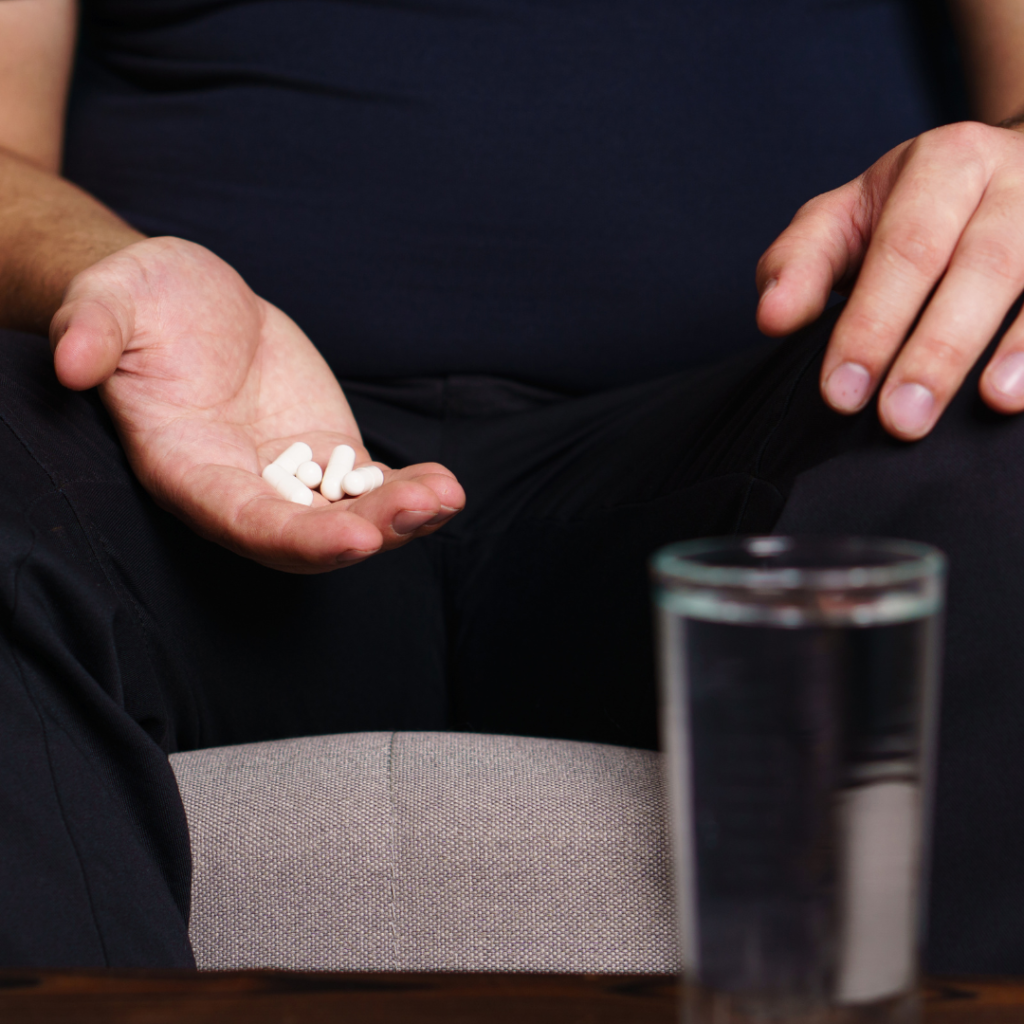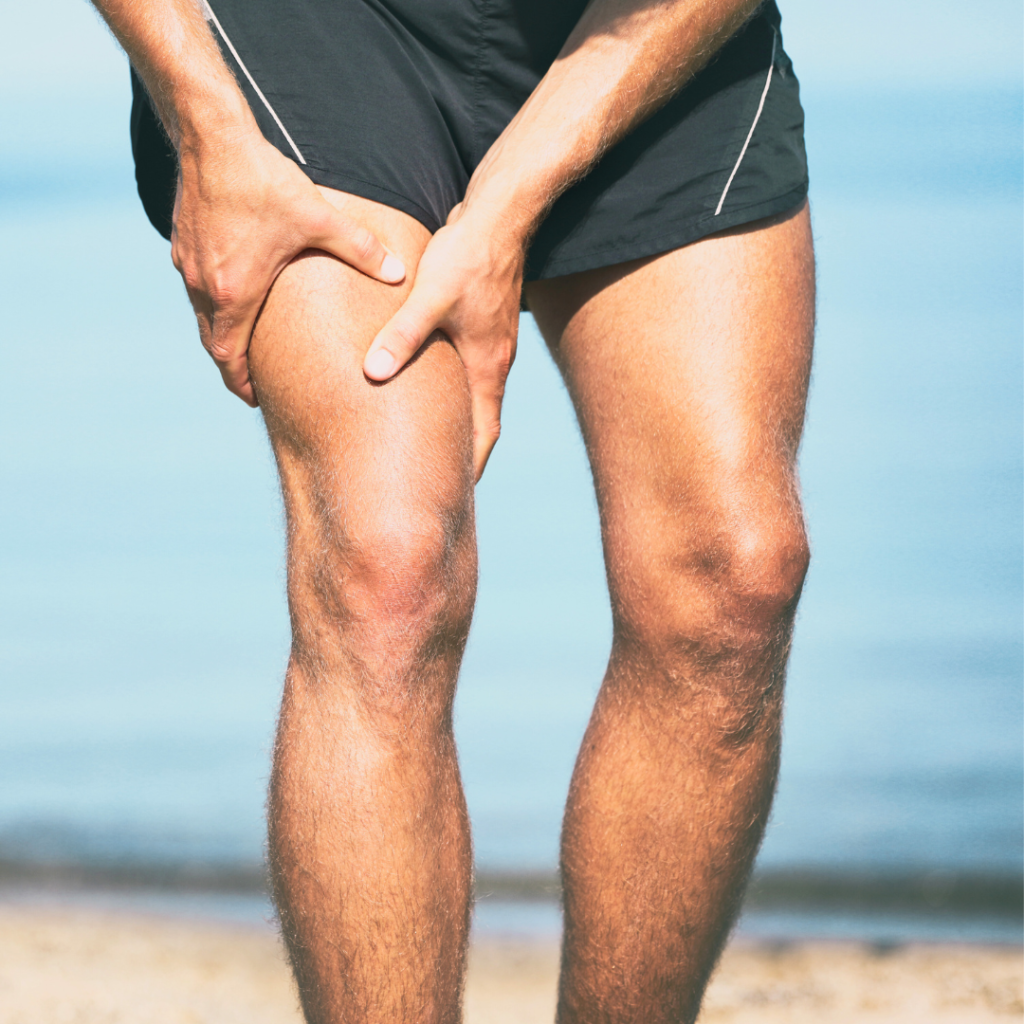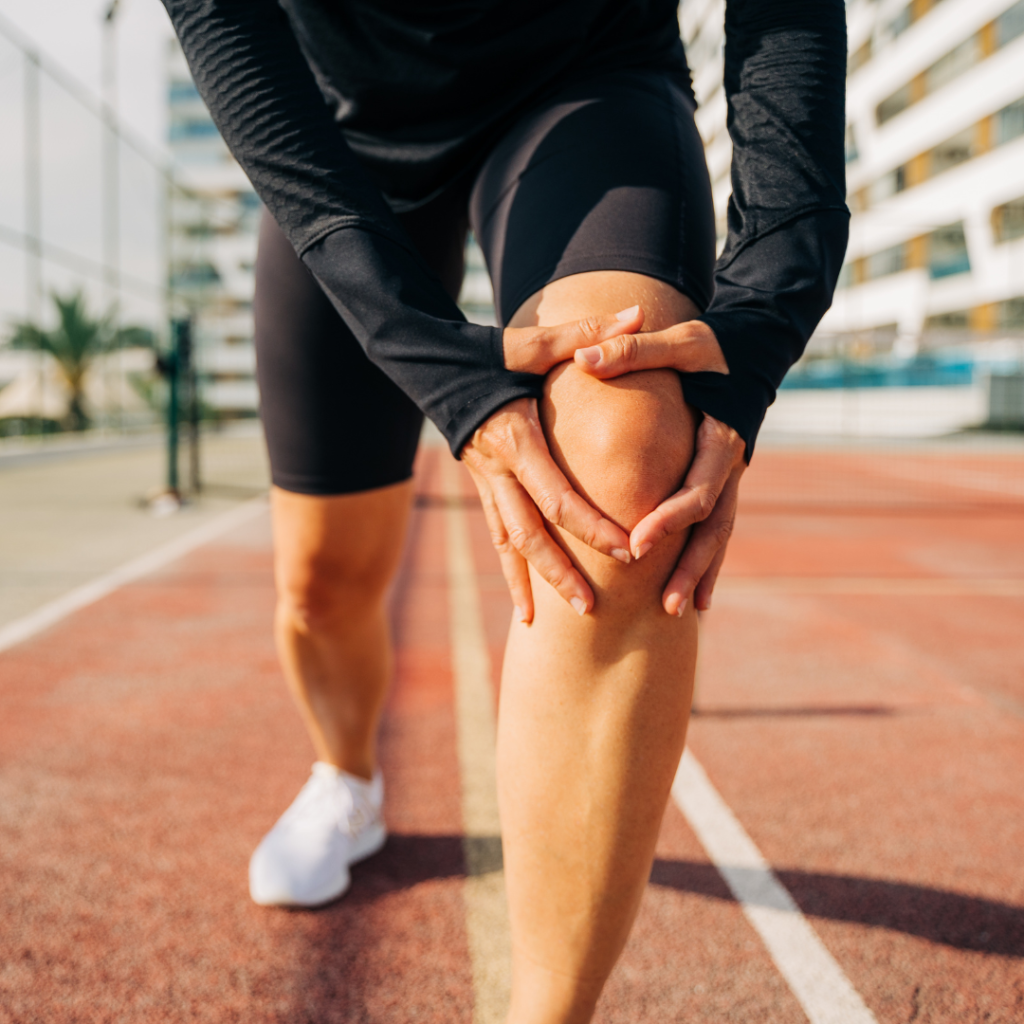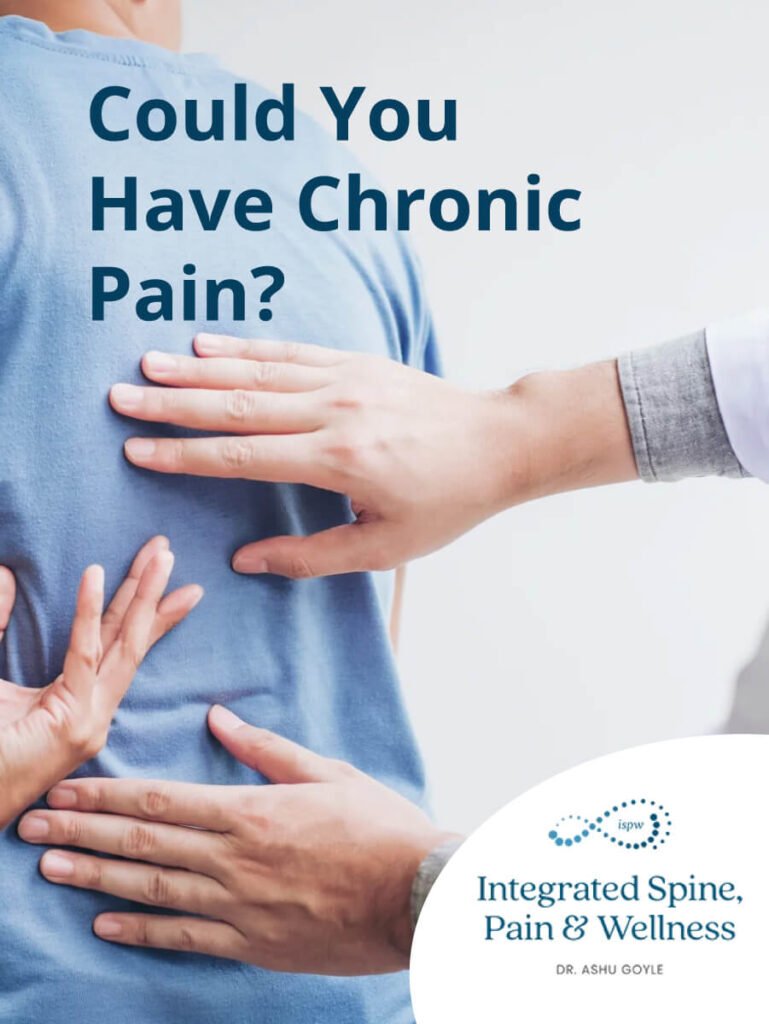According to the CDC about 20% of American adults are dealing with Chronic Pain. Chronic pain has led to about $80 billion in lost wages due to people not being able to work because of pain.
Anyone suffering with chronic or acute pain knows that it can be debilitating and mentally draining. With a variety of treatments out there the success of these treatments vary from patient to patient. The type of treatment that your doctor may prescribe will be based the severity of your pain and whether or not the pain is acute or chronic. Below are some interesting facts pertaining to pain.
Things you should know about pain
- There are two main types of pain. Acute and Chronic Pain. Acute pain is pain that usually comes on suddenly and is sharp. This type of pain is caused by:
- Surgery
- injury
- burns/cuts
- broken bones
- labor/childbirth
Chronic Pain is pain that last longer than 3 months. This type of pain is persistent and may be hard to treat. This type of pain is usually caused by an underlying issue in the body. Here are some conditions that cause chronic pain:
- arthritis
- back pain
- neck pain
- cancer
- fibromyalgia
- migraines
2. Stress can cause pain symptoms to intensify. There is a strong brain/body connection. Having an increase of stress in your life causes your cortisol to rise and increases the inflammation in your body, causing your pain to increase. If you’re dealing with chronic pain it’s important to practice exercises to help relieve your stress. Here are some things you can do at home to help ease your stress and hopefully reduce your pain.
- Meditate
- Yoga
- Light exercise (if your body allows) this can be swimming, hiking, walking.
- Gratitude Journaling
- Deep Breathing
- Being in Nature
3. Pain isn’t always bad. Many times when patients experience pain they can become scared and concerned, thinking that pain is bad. Often times when a patient feels pain it’s an automatic alert that our body sends to us to tell us that there may be something more going on in the body. The body is very smart and when you experience any type of symptom it’s because something deeper may be happening. It’s important to listen to your body and tell your doctor about any pain or symptoms you may be experiencing. At ISPW we are looking to help treat the underlying cause (root cause) of the issue to help ultimately heal your pain. We have symptoms for a reason and it’s important not to ignore them.
4. Medication isn’t the only way to treat pain. Many patients who come to see me often think that medication is the way to manage their pain. At ISPW I take a non-narcotic approach to treating pain because that is only going to mask your symptoms. Like we have touched on above, there is a reason you’re experiencing the pain and medication is just putting a bandaid on the issue. Healing the underlying issue is what will reduce and relieve your pain. Sometimes there is more than just one form of treatment to help heal the underlying cause. I believe in a multi-modality approach. Here are some of the treatments I use to help patients:
- Chronic Pain treatments
- Regenerative Medicine
- Physical Therapy
- Acupuncture
- Massage
- Diet/Lifestyle
- IV supplementation
- Supplements
5. Moving Can actually help to reduce the severity of your pain.
Most patients think that when they are feeling pain in their body that sitting or laying down will be best to help reduce their pain. It’s often encouraged by doctors and physical therapists that patients perform safe movement to help keep their strength up. When a patient doesn’t move, their strength can decrease, causing pain to worsen. Moving also increases the feel good chemicals in your brain that interact with your opioid receptors and help to lessen the pain. Always talk to your doctor before doing certain movements to make sure that they are approved for your injury/pain.
Finally
There are constantly new therapies and ways to help and manage chronic and acute pain. My goal is to always keep you educated and informed with the latest treatments that may be able to help reduce and heal your pain. I want each patient to live optimal lives. For more information regarding any of these topics, please reach out us via social media, email, or through the front desk.
Here’s to good health and less pain,
Dr. Goyle






